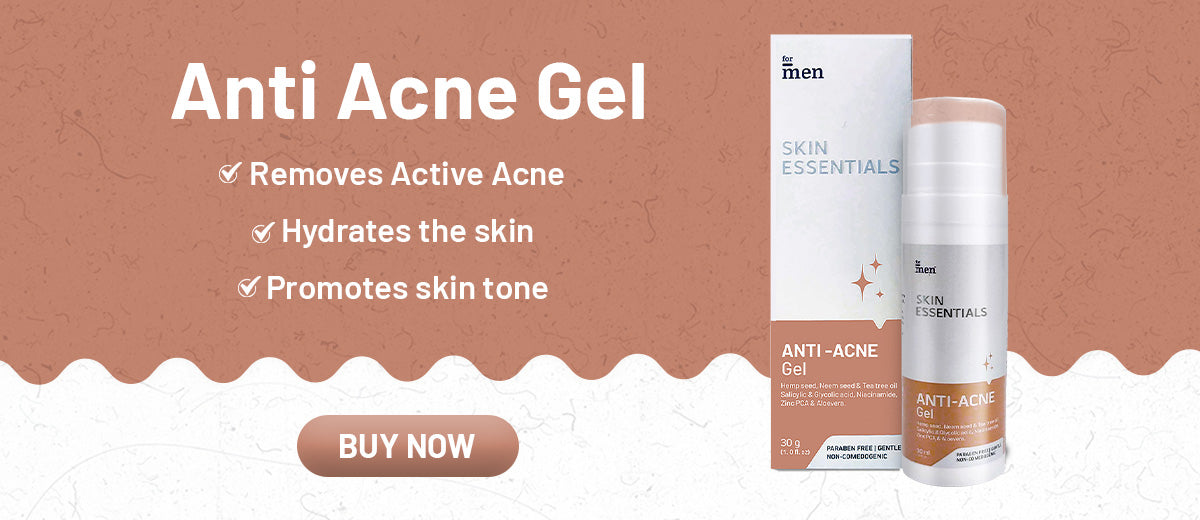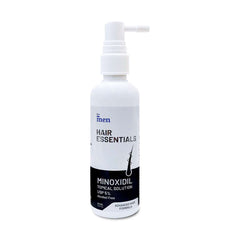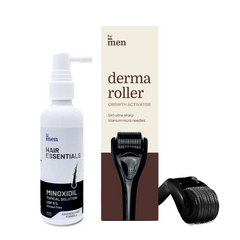Hyperpigmentation: How to Remove Dark Spots on Face?
Evidence Based
All the information in this blog post is accurate, trustworthy, scientifically based and has been written and fact-checked by our experts and doctors.
Our licensed nutritionists and dietitians are committed to being objective, unbiased and honest, presenting all sides of the argument.
This article includes scientific references in brackets, which are clickable links to research papers from reputable academic organizations.

Dark blemishes, on the face referred to as hyperpigmentation are patches of skin that appear darker than the surrounding skin tone. They can result from factors. May differ in size, color and location. Below is an overview of what they're and why they develop.
Main Causes of Dark Blemishes (Hyperpigmentation):
Heightened Melanin Production
Melanin is the pigment for skin coloration. Different factors can trigger a production of melanin in areas leading to dark blemishes.
Sun Exposure
Exposure to sunlight is a contributor to hyperpigmentation. Ultraviolet (UV) rays stimulate production resulting in sunspots, age spots and freckles.
Hormonal Fluctuations
Changes in hormone levels estrogen and progesterone can induce hyperpigmentation. This often occurs during pregnancy (known as melasma) and menopause.
Skin Trauma
Inflammation from conditions like acne or injuries such as cuts or burns can cause inflammatory hyperpigmentation (PIH) during the skins healing process.
Skin Disorders
Certain skin conditions, like eczema or psoriasis may also lead to blemishes.
Medication Effects
Some medications can heighten sun sensitivity or melanin production potentially contributing to hyperpigmentation.
Different Types of Skin Blemishes (Hyperpigmentation)
1. Sunspots (Solar Lentigines)
These are spots that usually develop due, to prolonged exposure to the sun on areas such as the face, hands and arms.
2. Age Spots (Liver Spots)
These are brown spots that emerge on sun exposed areas as we grow older.
3. Melasma
Patches of grayish skin typically symmetrical found on the cheeks, forehead and upper lip; Common in pregnant women (known as pregnancy mask) or individuals using hormonal medications.
4. Post Inflammatory Hyperpigmentation (PIH):
Spots that form after the healing of a skin injury or inflammation.
Natural Remedies for Dark Spots on the Face (Hyperpigmentation):
Although there is no guarantee for removal, certain home remedies may assist in lightening dark spots on your face.
Some common natural ingredients used to lighten spots, on the skin:
1. Lemon Juice:
Lemon juice acts as a bleaching agent that can help fade spots. However it may cause irritation for skin types. Its recommended to do a patch test on your arm before applying it to your face. To reduce its strength mix lemon juice with water or honey. Apply the mixture leave it on for 10 minutes and then rinse thoroughly.
2. Apple Cider Vinegar:
Similar to lemon juice apple cider vinegar possesses bleaching properties. Dilute it with water. Apply using a cotton ball. Leave it on for 5 minutes before rinsing off. To use perform a patch test as it could potentially cause irritation.
3. Yogurt:
The lactic acid found in yogurt can aid in exfoliation and lightening of spots. Apply yogurt as a mask let it sit for 15 minutes and then rinse off.
4. Honey:
Honey serves as a humectant that attracts and retains moisture while also offering lightening effects. Use honey as a mask leave it on for 20 minutes and then rinse.
5. Buttermilk:
The lactic acid, in buttermilk may help in lightening spots. Soak a cotton ball with buttermilk. Gently dab it onto the areas. Leave it on for 10 minutes before rinsing off.
Here are some tips to keep in mind:
- Before trying out any remedy on your face make sure to do a patch test on your arm.
- It's best to apply these remedies at night since some ingredients might make your skin more sensitive, to the sun.
- Start by cleansing your face with a cleanser before using any remedy.
- Keep your skin hydrated by moisturizing to maintain a skin barrier.
- Don't forget sun protection! Use sunscreen every day with SPF 30 or higher to prevent darkening and protect your skin.
It's essential to manage expectations and keep these points in mind.
Results Can Vary: The effectiveness may differ depending on the cause and severity of your spots.
Patience is Crucial: Consistent use of these remedies over weeks or months is often necessary to observe improvements.
Seek Advice from a Dermatologist: If you have concerns or encounter irritation it's advisable to consult a dermatologist, for diagnosis and treatment options.
Hyperpigmentation Treatment Options:
1. Sunscreen:
Using broad spectrum sunscreen daily with SPF 30 or higher is essential for preventing further darkening and keeping your skin healthy.
2. Creams:
Creams containing ingredients, like hydroquinone, kojic acid or azelaic acid can help lighten spots.
3. Chemical Peels:
Superficial or medium chemical peels can remove the top layer of skin encouraging new cell growth and potentially reducing hyperpigmentation.
4. Laser Treatment:
Laser therapy targets specific dark spots by breaking down melanin for a more focused approach.
It's important to have patience when dealing with fading hyperpigmentation as it can take time. Consistent treatment is crucial, for seeing results. Remember to prioritize sun protection to avoid the formation of dark spots. It's also advisable to consult with a doctor.
Also Read the Articles:
- How to Remove Blackheads at Home Naturally?
- Top 7 Amazing Benefits of Aloe Vera for Skin
- Top 6 Benefits of Vitamin C Serum for Face and Skin of Men
| *** This Article is Written by Swetha Ramala. |
Disclaimer: The information provided on this page is not a substitute for professional medical advice, diagnosis, or treatment. If you have any questions or concerns about your health, please talk to a healthcare professional.

 Evidence Based
Evidence Based






Leave a comment